Care of plants in containers
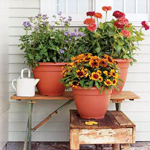
In order for plants in containers to grow and brighten you with their bright colors, you need provide them with proper care. Having defined the shape, size and color of containers, as well as a set of plants, you can proceed with the design of the composition.
First check the container for availability water drainage holes and lay a layer on the bottom drainage material. For land-based containers, use gravel orfragments of terracotta - they will make the container heavier and help it to withstand strong gusts of wind. For hanging baskets are suitable litter of jute and polyethylene, coconut shell, moss and cardboard.
As a soil a mixture of peat, leaf humus and sand.
You can use fully prepared garden compost in containers.
Important immediately fertilize the soil, by the way, this will need to be done constantly.
Rapidly growing in containers plantsvery soon use the entire supply of nutrients contained in a limited amount of soil. In addition, mineral salts are washed out of well drained soil, which also contributes to the depletion of the soil. To provide plants with the necessary quantity of minerals and microelements, granules of complex fertilizer are added to the soil before planting.
Plants growing in containers need regular watering even more than those planted in the ground. The soil in plastic containers does not dry up as quickly as in pots (especially not covered with glaze) pots. But even with the use of plastic containers, you have to daily - and in dry weather and several times a day - to water your plantings. By the way, in garden stores you can buy special gels that hold water - when planting plants they are mixed with compost.
A good tool is also mulching - it not only decorates the appearance of the container,but also helps to retain moisture and heat in the ground, prevents the growth of weeds and protects the soil from washing and splashing onto leaves and flowers during watering. For mulching, you can use chips from bark, drainage granules, gravel, stones or live moss.
Lighting it is very important for container landings. Take care that the plants receive the right amount of sunlight. Try not to plant plants with different lighting requirements in one container, as this will not allow you to create optimal conditions for everyone. Even when choosing plants, you need to decide where the containers will be placed and how much the sun can receive the plant. Do not worry if you make the wrong choice of location - you can always move it. In addition, you will have to move containers anyway - the amount of light varies greatly depending on the time of year.
In order to prolong the flowering of plants, do not forget to remove faded inflorescences. Many modern varieties of annuals do not require this procedure and blossom from spring to frosts. But after all, faded inflorescences give an inaccurate, untidy appearance to the plants themselves, so it is better to remove the faded and fading inflorescences.
If you grow herbs in containers, remember that plants need to beweed out, and also maintain in containers of optimum humidity. These are the two main rules for the successful cultivation of herbs. Mulching is a very effective and effective way of regulating moisture and protecting the root system of grass from overheating. To create optimal conditions, a layer of mulch around the plants should be at least 7 cm.

Read more:
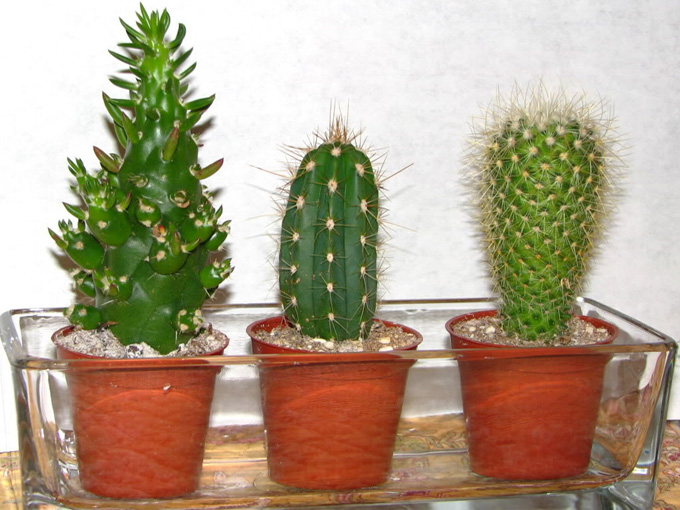
Cacti and care for them

Flowers in the house. Helpful Tips
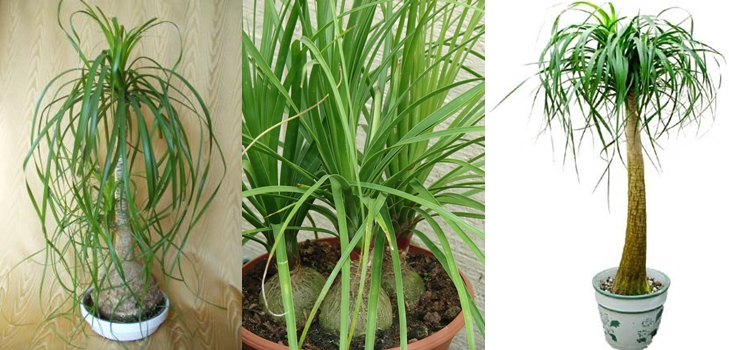
Nolin - care

Growing of plants in containers

Care of plants in containers

Care for topiari in containers

Clematis planting

Flowers in the house. Helpful Tips

Care for topiari in containers

Cacti and care for them

Growing of plants in containers
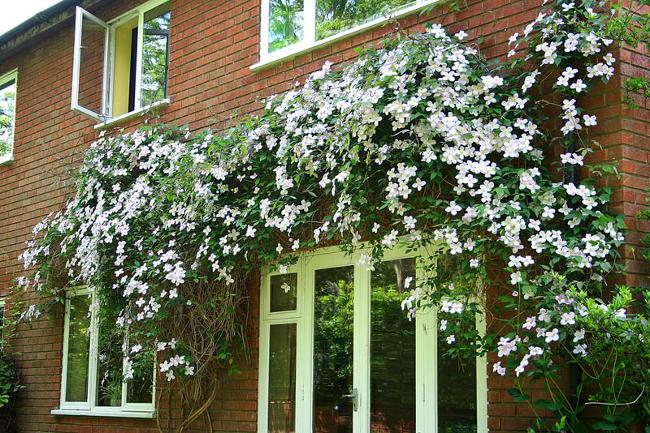
Clematis planting
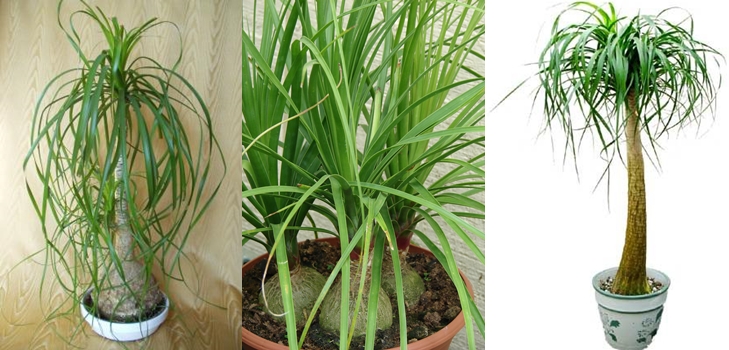
Nolin - care
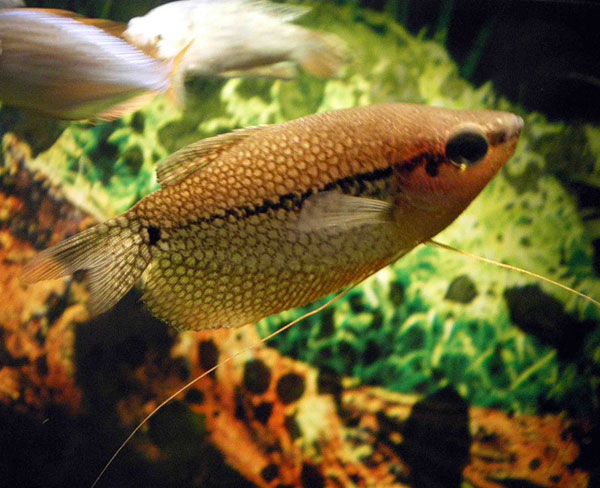
What should be the soil for the aquarium?